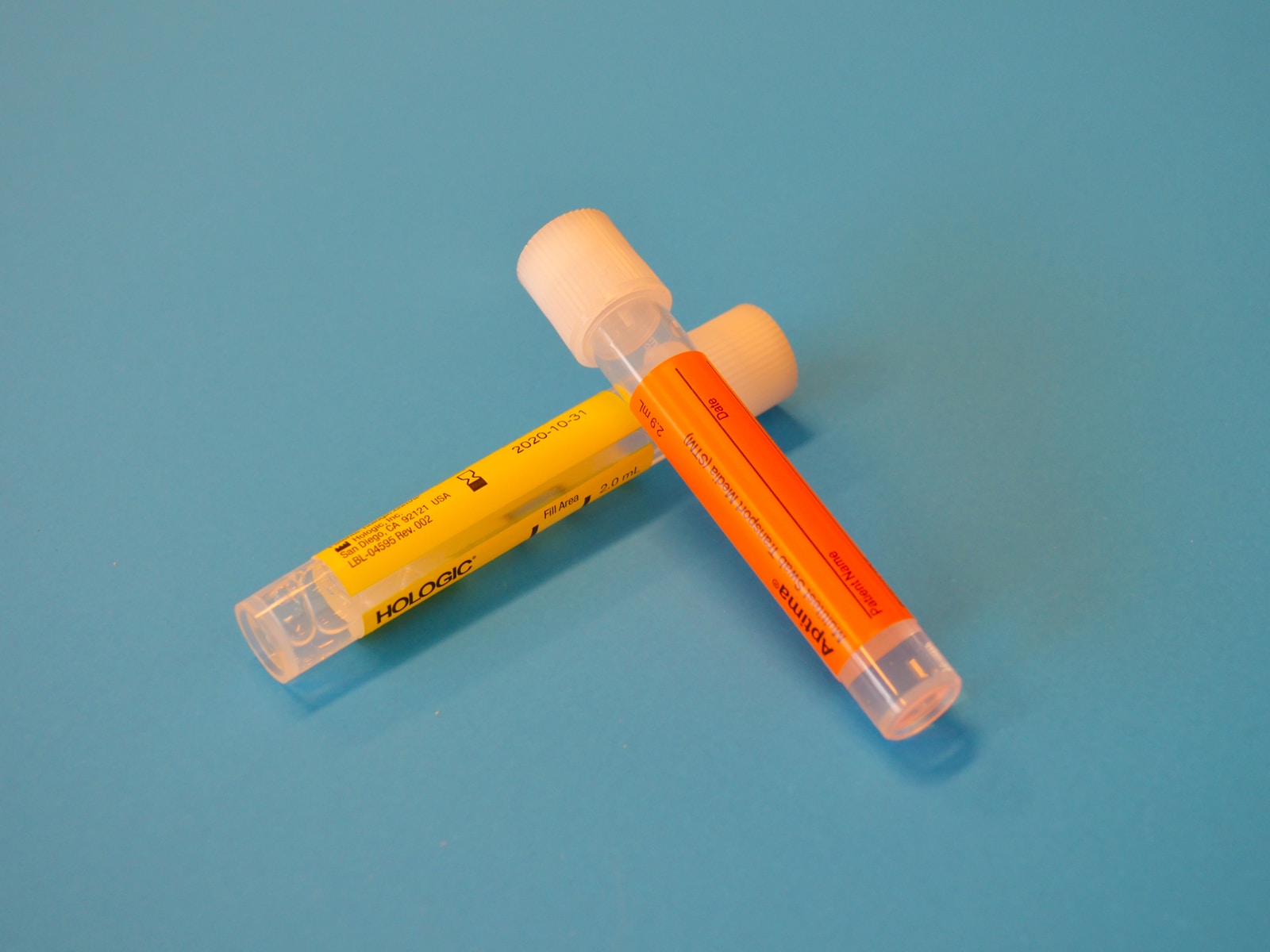What does it mean if there is blood in the urine?
Haematuria means the appearance of blood in your urine. If you notice blood in your urine, even if it has only happened once, you must have it investigated. This is important as blood in your urine or haematuria may be a sign of bladder cancer, however, the most common cause is due to an infection (cystitis).
Other causes include stones in the kidneys or bladder, inflammation of the kidneys (nephritis), urinary tract injuries, blood disorders (eg. sickle cell disease) and less common infections such as TB. 50% of patients with visible blood in the urine will have an underlying cause identified, however, with non-visible blood in the urine, only 10% will have a cause identified.
The appearance of blood in the urine may, in fact, be something else. It may not be blood in your urine if;
- You are taking a new medication. Some medicines can turn urine red or brown.
- You have recently eaten beetroot as this can turn your urine pink.
- If it is happening during your period.
- If you are bleeding from your bottom instead.
Haematuria is a urological condition that means you have visible blood in your urine. If you notice blood in your urine, then it is important that you get it investigated, even if it is a one off. Haematuria is most commonly caused by a urine infection (cystitis), however it can sometimes occur as a result of bladder cancer; so must not be ignored.
Other causes include:
- Kidney or bladder stones
- Inflammation of the kidneys (nephritis),
- Injury to the urinary tract
- Blood disorders (such as sickle cell)
- Less commonly infections such as TB
Symptoms
Blood in your urine may appear as bright pink, red or dark brown colour if it is visible. Other symptoms that accompany this can be indicative of the cause. For example, burning pain when urinating, an urgency to urinate, smelly urine, high temperature and pain in your sides or lower back may indicate a urinary tract infection (UTI). If you experience pain in your sides, lower back or groin that comes and goes and you feel nauseous this suggests kidney stones.
Diagnosis and Treatment
Your consultant will ask you about your past medical history and the symptoms you have been experiencing. A urine test called a urinalysis will be performed initially to check for an infection. If the cause of haematuria is an infection this can be treated with a course of antibiotics.
If there are no signs of an infection, some or all of the following assessments will be performed:
- A physical examination (including rectal or vaginal examination)
- Examination of your urine for cancerous cells
- Ultrasound scan
- CT scan (may involve an iodine-based injection)
- Intravenous urogram (IVU) (may involve an iodine-based injection)
- Flexible cystoscopy (telescopic check of the bladder)
If an abnormality is detected, your treatment will depend on the reason for blood appearing in your urine. If no specific abnormalities are found and no treatment is required, it is important that you report any further bleeding or symptoms to your consultant.
If you have haematuria or are worried about any symptoms, contact our specialist team here.
This article is intended to inform and give insight but not treat, diagnose or replace the advice of a doctor. Always seek medical advice with any questions regarding a medical condition.






0 Comments